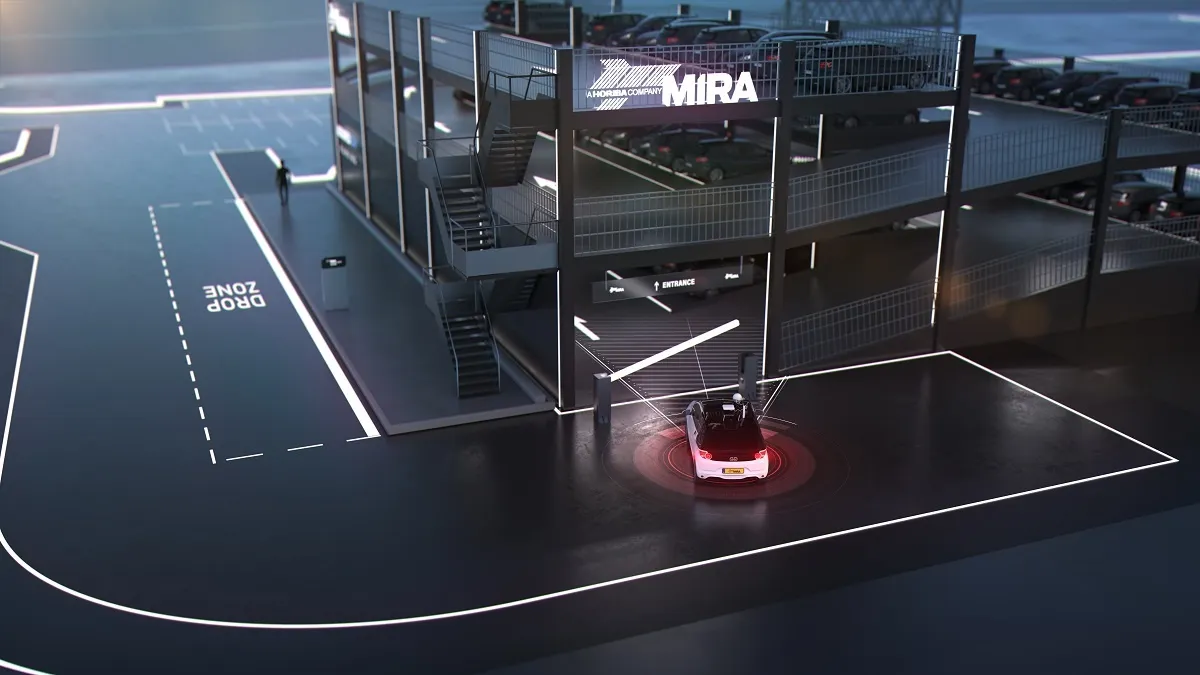Siemens has teamed up with uninterruptible power supply (UPS) specialist, Harland Simon UPS, which has created a new range of UPS systems for Siemens the company to offer critical protection within key traffic control systems, reducing the chances of accidents and traffic congestion in the event of power failure.
The high specification solution is based on the Harland ProtectUPS-T, which can be adapted to meet specific demands that are available in 500W, 1000W and 2000W versions. The system is equipped w
November 12, 2014
Read time: 2 mins
The high specification solution is based on the Harland ProtectUPS-T, which can be adapted to meet specific demands that are available in 500W, 1000W and 2000W versions. The system is equipped with the new high-efficiency Lead Crystal batteries which contain no toxic fluids, cadmium or antimony, are up to 99 per cent recyclable and are ISO 14001 certified. It uses mains power to maintain the charge in the Lead Crystal batteries at an optimum level, helping to maximise battery life.
In the event of a power failure the system switches seamlessly to the backup batteries without interrupting the power to the traffic controller, ensuring there is no disruption to normal traffic control. On restoration of the site power, the system automatically switches back to mains power and begins to re-charge the batteries.
Keith Manston, Siemens head of Product Management said the need to protect critical traffic infrastructure in the event of power failures meant their UPS systems needed to ‘set the standard’ which led to the company working with Harland Simon UPS to develop the Harland ProtectUPS-T.
“New and complex junction designs are being increasingly risk-assessed by local authorities and the agencies working for them and where a power-loss risk is identified, UPS’s are being specified. Historically there were no purpose-built UPS solutions on the market and we saw an opportunity to create a range with key performance benefits that we could offer.”








